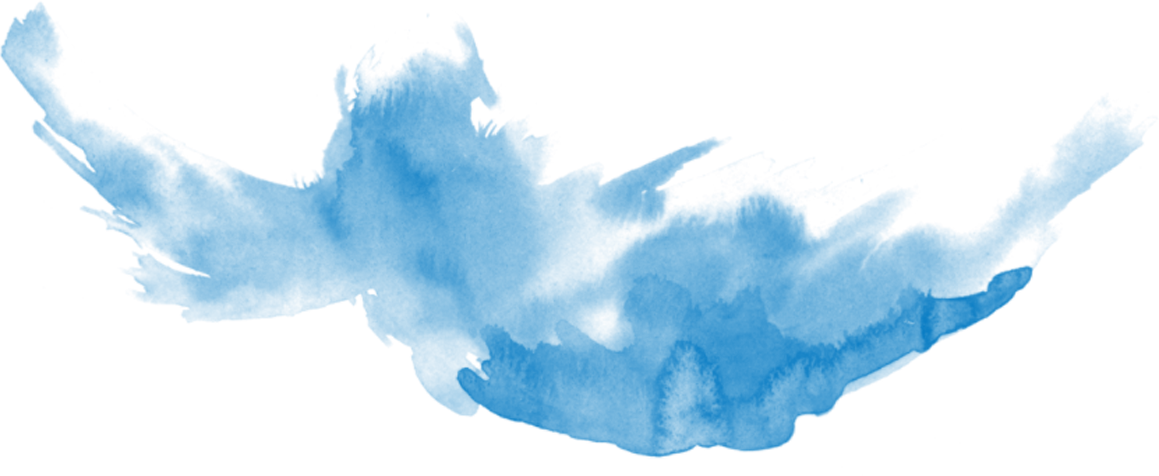By Frank Mandfmand@wickedlocal.com
Posted May. 11, 2015 at 10:00 AM
PLYMOUTH – When it comes to protecting swimmers and boaters, Plymouth businessman Josh Bows, the town’s Department of Marine and Environmental Affairs (DMEA), the state’s Division of Marine Fisheries (DMF) and the White Shark Conservancy (WSC) have put their money where the shark bites.
Jointly, these individuals and organizations have funded the purchase of three sets of shark-monitoring beacons that, when installed later this spring, will let local authorities know that local waters have been visited by tagged great whites and at the same time provide important new data for shark researchers.
Things changed for Plymouth last September when two kayakers had a close encounter with a great white just off Manomet Point. While the kayakers suffered no permanent physical injuries the town discovered it had a hole in its public safety net.
In a town with miles of pristine beaches and thousands of moorings for recreational water craft, when that shark overturned that kayak there was no official plan in place for what to do when sharks were sighted, no way of knowing if they regularly visited local waters, no shark policy at all.
That wouldn’t last long.
Before the national media’s interest in Plymouth’s close encounter had waned, local authorities were arranging for a series of meetings with shark experts and harbormasters to identify best practices.
The most recent of these meetings featured Division of Marine Fisheries shark expert Greg Skomal and Cynthia Wigren of the Atlantic White Shark Conservancy.
Skomal provided updates on white shark research as well as communications tools and regulations, while Wigren provided safety brochures and tips and emphasized the need to raise funds for research. And, today, the town has a clear policy and specific procedures in place.
Both Skomal and Wigren also urged local communities to help increase what they called “spatial coverage.” If towns acquired their own beacons, also known as acoustic receivers, every coastal community in the area would have a better chance of knowing when tagged sharks had entered its area.
Bows, who owns Merrill Engineers and Land Surveyors with offices on the waterfront, is an avid fishermen. He donated money to the WSC to acquire an underwater acoustic receiver setup – receiver, buoy, chain and anchor.
He’s also a member of the Plymouth 400 Bass and Blue Committee, which has invited Skomal to be its special guest at its annual fishing tournament’s kickoff event, the Captain and Crew Party, set for Thursday, July 9.
DMF also donated one acoustic receiver, and the Department of Marine and Environmental Affairs (DMEA) received funding at the recent Town Meeting to buy an additional receiver and supply enough buoys, chain and gear to complete three entire units.
Harbormaster Chad Hunter said that while he was pleased with the progress on this issue he didn’t want those utilizing local waters to feel a false sense of security.
“The receiver buoys will provide us with some much needed data on the area due to the sighting and the attack last year, but there are limitations,” Hunter told the Old Colony.
“First, the white shark would have to have an acoustic tag from DMF’s tagging operations off Chatham. If the shark is not tagged, then the receiver buoy will not pick up the shark,” he explained. “Second, the data is downloaded after the fact and does not provide a real-time notification when a tagged shark is received.”
Nevertheless, the data will be important, Hunter said. “The receivers will give us much-needed data to help us understand the frequency and time the sharks are in the area,” he said.
Bows, who has the perspective of a local fisherman and resident of the area, is confident that the new technology will make an important contribution to the community.
“In light of the recent sightings and activities of sharks in and around Plymouth and Cape Cod, we are determined to take the necessary steps to protect our community,” he said. “As a member of the fishing community here in Plymouth, I know firsthand how beneficial this technology will be for the Plymouth community.”
Skomal also said the deployment of this technology marks a major step forward.
“The awareness of white sharks was raised last summer.” Skomal said. “Using this technology in Plymouth is a major first step forward in getting a sense of how white sharks are utilizing these waters; from there we can look at beach safety, beach management and additional research.”
Hunter said the listening buoys will not be deployed all at once, but the first should be in the water in June.
The exact locations of the equipment have not been finalized, but the DMEA said Gurnet Point, Manomet Point, the waters off Ellisville and Bug Light, and the seal haul-outs are the areas where the receivers will have the best chance of detecting activity.
“This first year will be very interesting,” Hunter said, “and we hope the data provides us with some insight on the great white presence along the shoreline.”


